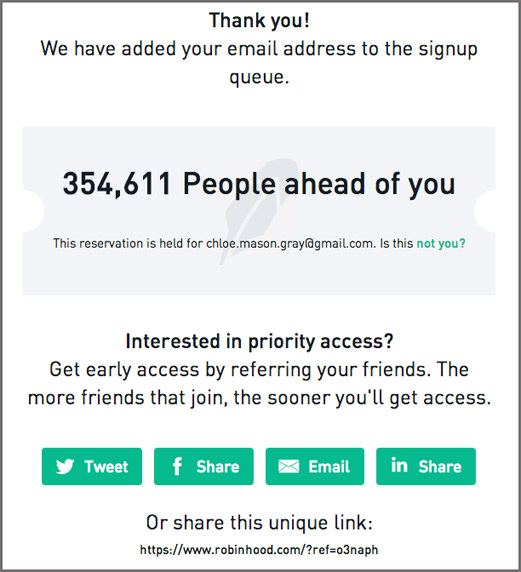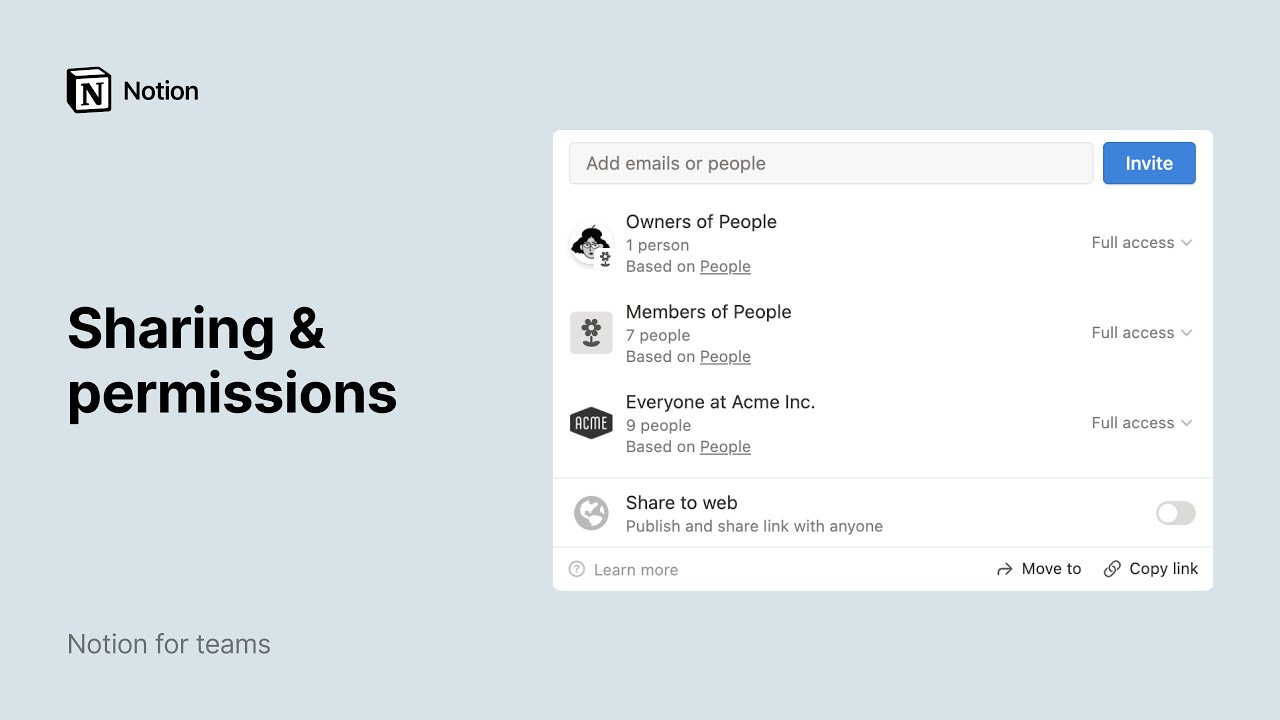What's Old is New Again: How to Use Referrals to Drive Growth in 2024
Referral programs are making a comeback - in today's deep dive, we explore the ins and outs of Referrals in 2024. Everything you need to know from the key principles to the metrics that matter.
I get it: referral programs seem like old news.
But in 2024, as a product or growth leader, you may want to think again.
In the 2024 world of sky-high CAC and ad blockers, referrals are making a sneaky comeback.
Let’s put together a few data points you probably know - but may not have connected the dots on:
Robinhood grew from 1 million users in 2016 to 13 million in 2020, largely through referrals.
Notion hit $10 billion valuation in 2022, with a significant boost from their collaborative referral model (more on that in a second).
Loom's user base exploded from 1 million to 14 million between 2019 and 2022, fueled by their in-video referral feature.
Putting it together, three of the best product successes of the past few years had some sort of a referral feature built into their product.
These aren't flukes. They're the result of well-crafted, UX-focused referral programs.
The New Rules of the Game
It’s the new reality in 2024: what’s old is new.
Referral programs still work. But the playbook has changed. It's not about blasting emails or offering generic rewards anymore.
Think about Loom. They crafted a referral experience so smooth, users didn’t even realize they're part of a "program."
This is part of the new rules of the referral game.
What's Changed?
But what drove this new game, with new rules? Three forces have worked together to make the old new:
Users are savvier
We all can smell a clunky referral program a mile away. And we’ve realized the $10 doesn’t actually mean much in the big scope of things. There needs to be more in it for us.
Everyone has gotten a referral program
So for any one referral program to stand out, you need to have a unique take on it. You can’t do what everyone else is doing.
Expectations are higher
Users want instant gratification and seamless experiences. They don’t want to have to do work to get referral incentives.
All this has conspired to make referrals a reliable growth lever again.
So how can you build a Notion or Loom-like growth engine yourself?
Introducing Stefan Bader
Stefan is a founder at Cello. When he approached me about sharing some of his insights building a referral platform for users, I had to agree to tap his expertise!
Today’s Post
Words: 4,303 | Est. Reading Time: 19 mins
We’ve put our heads together to give you all the guidance you might need to build the ultimate referral program in 2024:
The History of Referral Programs
Case Studies in Success and Failure
The Top 6 Mistakes with Referrals Program UX
The Metrics That Matter
First Principles
Ready to turn your referral program into a growth machine? Let's dive in.
1. The History of Referral Programs
To appreciate the colorful history of referrals, let's take a look at where we've been.
Referral programs have seen 4 notable chapters of evolution:
Chapter 1 - Pre-2010: The Prehistoric Era
Surely you have heard of Hotmail's "PS: I love you" campaign? It was the first huge referrals hit.
If you’re too young to know it, the viral campaign helped them scale to 12 million users in 18 months:
It was cutting-edge for 1996. Back then, referral programs were all about manual codes and email chains.
The next really notable referral program was PayPal's $20 referral bonus in 2000. That being said - the UX? For 2024 eyes, nightmare fuel:
Referral options were buried deep in account settings.
Users had to copy-paste codes like they were diffusing a bomb.
The next super big program to make a mark - Amazon's "Share the Love" program in 2006 - experience wasn't much better. Mobile support? Nonexistent. These were desktop-only affairs, and clunky ones at that.
Chapter 2 - 2010-2015: Social Sharing and Analytics
The rise of social media in the early 2010’s changed the game:
One-click social sharing became a thing.
Personalized referral links started popping up.
Dropbox's 2010 referral program is the canonical example. They made sharing storage as easy as sharing a photo. The result? Exponential growth that made Silicon Valley take notice. (And endless growth profiles rehashing the same lessons.)
Airbnb's referral 2.0 launch in 2014 took things up another notch. They didn't just make referrals easy. They made them feel natural. And saw metrics skyrocket as a result:
In this second chapter, UX came to the forefront of referral programs. Referral options became more visible. Single sign-on integration meant less friction. Mobile-responsive designs started appearing, even if they were more "responsive" in name than in practice.
Chapter 3 - 2015-2020: Apps and Instant Gratification
In the late 2010s, referral programs continued to evolve — even if it was less loud.
Mobile-first became the mantra. In-app referral flows became the norm. Deep linking for app installs made sharing smoother than ever. It was in this era that:
Uber's rider and driver referral programs set new standards. They turned every user into a potential brand ambassador, right from their phone.
Robinhood's waitlist referral system launched (2015). And it worked. They gamified FOMO and made waiting in line actually fun.
In this era, features like real-time tracking and clever, product-related rewards became expected. Users came to expect instant gratification, and the best referral programs delivered.
Chapter 4 - 2020+: The Age of Seamless Integration
In this latest era of referrals, we’re now in the big leagues. Referrals are smarter, faster, and everywhere.
Let’s take the apocryphal example of Notion. They hit the jackpot with their collaborative sharing model. What are the keys to their implementation?
Every shared Notion page is essentially a product referral.
Their freemium model gives you space for invites - the more friends join, the more space you get. As teams grow on Notion, it becomes indispensable.
They don't bug you to refer; they surface the option when you're already in a sharing mindset.
Another standout in this era has been Airtable's referral program. They offer credit for both the referrer and the referred user. But what sets them apart is how they've integrated referrals into their template gallery. Users can share templates, effectively showcasing Airtable's value while inviting others to join.
Both made referrals an intrinsic part of their product experience. You're not using a referral program. You're just using the product as intended. That's the holy grail of referrals in this latest era: it’s naturally integrated into the product.
Quality Implementation Matters More Than Ever
Through all these eras, one thing's crystal clear:
The easier and more natural you make referrals, the better they perform.
In referrals, product integration and UX aren’t just nice-to-haves. They’re the whole ballgame.
So let’s dive into the key principles that'll make your referral program not good for 2018, but good for 2024. We’ll build our way up with case studies, common mistakes, and the metrics to pay attention to — so you can take that intuition to your work.
Keep reading with a 7-day free trial
Subscribe to Product Growth to keep reading this post and get 7 days of free access to the full post archives.






